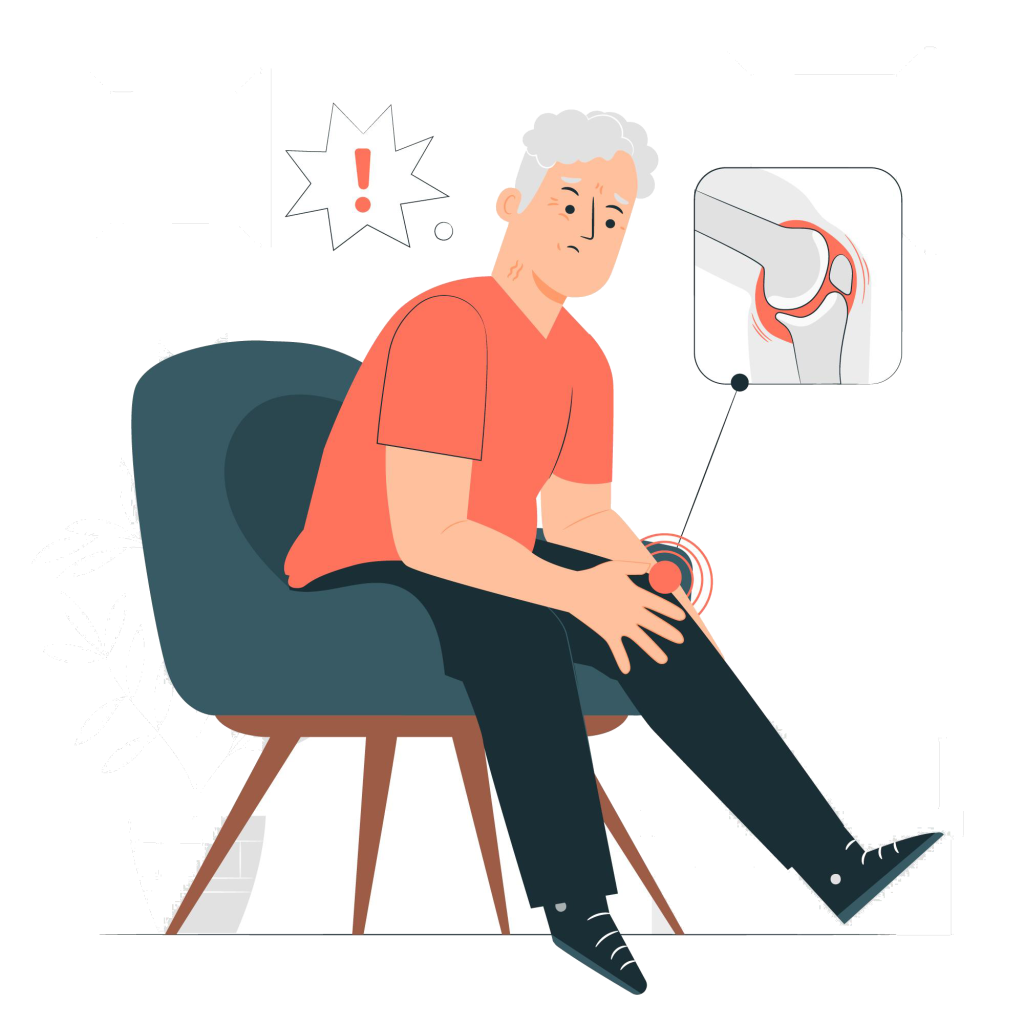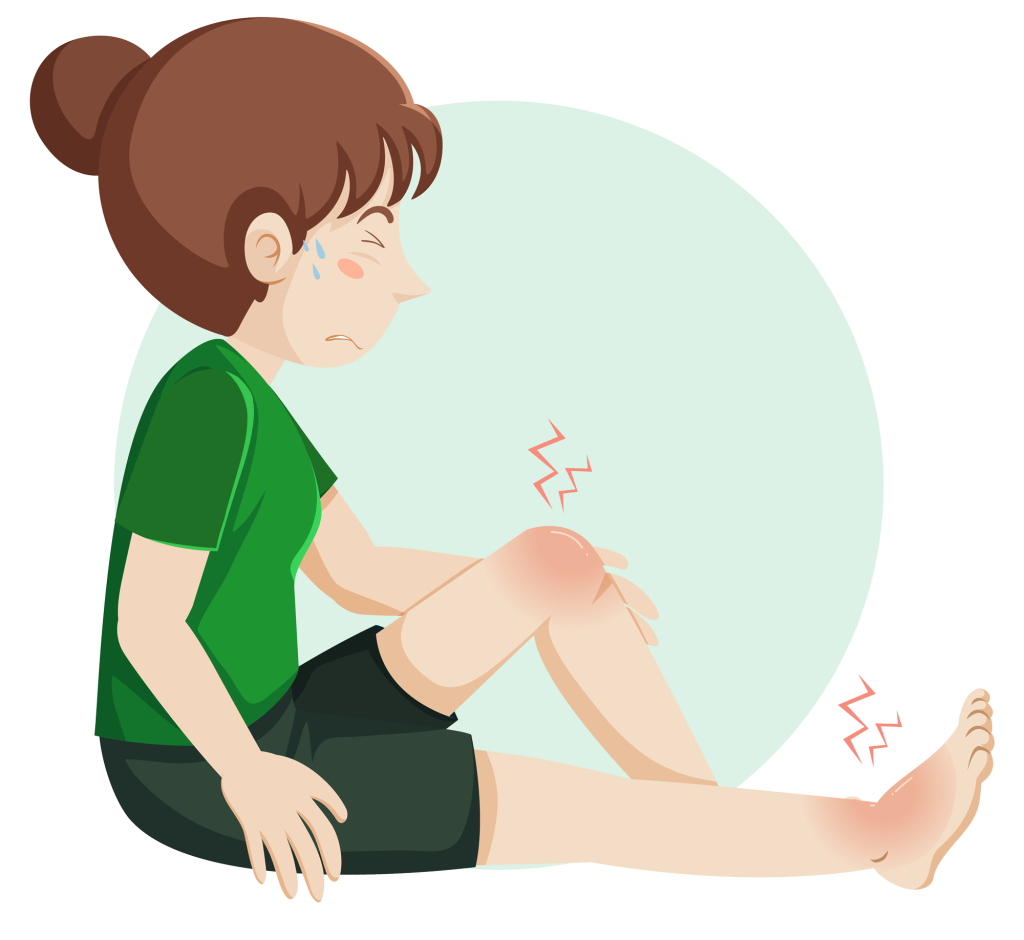CONTACT US: 0919 058 5858 | 02 899 51920
CONTACT US:
0919 058 5858 | 02 899 51920

Aray naku! Michael woke up with a nagging pain in his knees. He remembered that he had steak, pasta, and a couple of beers the night before. Can the sudden flare-up be due to arthritis?
May is National Arthritis Awareness Month. According to the Philippine Rheumatology Association (PRA), more than five million adult Filipinos suffer from arthritis, a disease that causes swelling or inflammation of one or more joints. Michael is just one of the Filipinos affected by this health condition.
Medicare Plus values your health and encourages you to overcome the obstacles associated with arthritis so you can live a quality life.
There are different types of arthritis but the most common in the Philippines are osteoarthritis and rheumatoid arthritis. Osteoarthritis is caused by the breakdown of cartilage, the tissue that cushions the joints, while rheumatoid arthritis is an autoimmune disease, which means that the body’s immune system attacks its own healthy tissues.



How do you know if the pain and discomfort you’re experiencing is arthritis? Here are the most common symptoms of arthritis based on the Mayo Clinic.
Joint pain – The pain experienced in more than one joint can range from mild to severe. It can be a constant pain or the type that comes and goes. Joint pain may be worse in the morning or after a lack of physical activity.

Stiffness – Rheumatoid arthritis can cause joint stiffness. For example, if your knees are affected, you may experience discomfort bending your knees and walking.

Swelling, tenderness, and redness – Joint swelling due to inflammation can make the joint appear red and feel warm to the touch.

Decreased range of motion – Arthritis can cause the joints to lose their range of motion. Depending on the area of the body affected, arthritis can make it difficult to move the joint and perform everyday activities. For example, if your fingers are affected, you may find it challenging to grasp, reach, and lift objects. If you have arthritis of the knee, it may be difficult to bend, kneel, climb stairs, and walk moderate distances.

If you are experiencing any of these symptoms, it is important to see a doctor to get proper diagnosis and treatment. Blood tests and imaging tests (x-ray, MRI, and ultrasound) may be used to determine the type of arthritis and the progression of the disease.
Arthritis treatment is centered on relieving symptoms and helping improve joint function. The medication will depend on the type of arthritis and the severity of the signs and symptoms. Here are the common medications for arthritis.
Nonsteroidal anti-inflammatory drugs (NSAIDs) – Oral NSAIDs such as ibuprofen and naproxen sodium can relieve pain and reduce inflammation. Topical NSAIDs such as creams and gels, as well as Diclofenac patches, can also help ease the discomfort. Caution is advised when using stronger NSAIDs because it can result in stomach irritation. The prolonged use of NSAIDs can raise the risk of stroke or heart attack.

Topical capsaicin – Ointments, creams, and patches that contain capsaicin, an active component that makes chili peppers hot can be rubbed or applied on the aching joint for pain relief.

Steroids – Corticosteroids (oral medicines or injectables) aid in reducing inflammation and pain. They can also slow down joint damage. Side effects of corticosteroids include weight gain, thinning of bones, and diabetes.

Disease-modifying antirheumatic drugs (DMARDs) – These drugs can curb the progression of rheumatoid arthritis and protect the joints and other tissues from permanent damage.

If you are considering taking medication for arthritis, it is important to consult with your doctor to know about the benefits, as well as risks of each type of medication. Your doctor can help you choose the best medication for your specific needs.
In addition to medication, physical therapy and occupational therapy can help improve range of motion, strength, and flexibility.
Living with arthritis can be challenging, but there are lifestyle changes that you can do to manage your symptoms.
Lose weight – Excess weight can put extra stress on your joints. When you make an effort to shed the extra pounds, it can help ease your symptoms, improve function, and prevent further damage.

Engage in low-impact physical activities – Walking, biking, swimming, and other water activities are safe for most adults and can improve joint function and reduce pain.

Eat a healthy diet – Consume plenty of fruits, vegetables, and whole grains. Choose foods that are low in trans fat, saturated fat, and cholesterol to reduce inflammation.

Avoid foods that can trigger inflammation – Red meat, processed foods, sweets, cheese, other high-fat dairy, refined carbohydrates, and alcoholic beverages are some of the foods and drinks to avoid.

Get enough sleep – Aim for 7-8 hours of sleep each night to promote healing and repair.

Manage stress – Stress can worsen arthritis symptoms. Manage stress by participating in healthy activities such as mediation, yoga, or spending time in nature.

Arthritis awareness can help to improve the lives of many Filipinos who suffer from this health condition. If you’re not sure if your body aches are due to arthritis, you can consult a doctor to assess your symptoms. If you are diagnosed with arthritis, there are proper medications and lifestyle changes that can relieve symptoms and help improve joint function.




Easy access health plan options for the Filipino community.
We know finding the right healthcare plan can be a complex and confusing task.
Our health plan specialists are always here to help 24/7.
Got more questions?